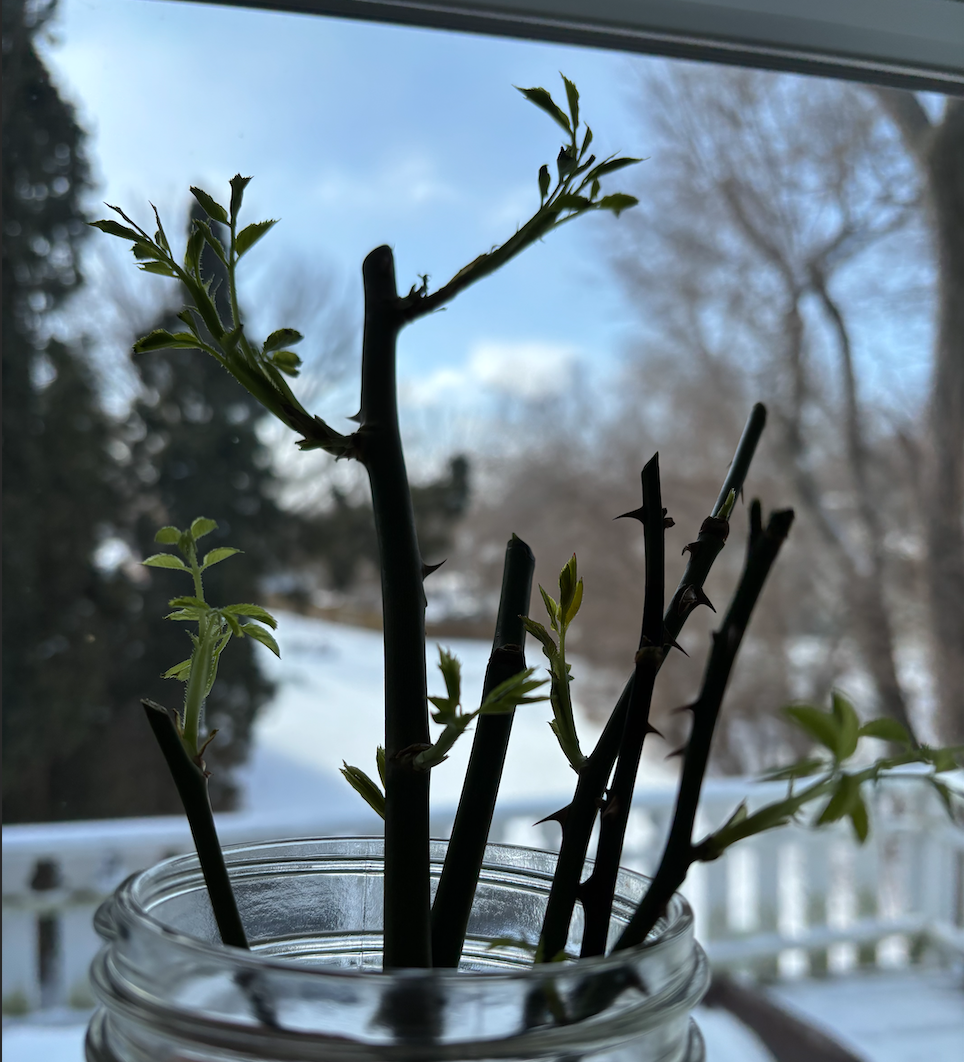**before you read the post I just love the phrase nooks and crannies that I heard from my friend Jed Dearybury when joining me for a PD on play so credit to him**
In a world that constantly demands our attention—pulling us from one task to the next, from one screen to another—it’s easy to forget the power of simply observing. Not just looking, but truly seeing. Observing without the pressure to react, to perform, or to interject. Observation as an act of immersion, a practice of presence, and ultimately, a means of transformation.
Joan Didion understood this better than most. She was not just a writer but a seer, someone who could penetrate the surface of events to expose their deeper, often unstable truths. She did this not by interrogating the world around her but by dissolving into it. She listened, she faded into the background, she let the world unfold before her without the need to interfere. In doing so, she discovered the raw material of life—the moments, contradictions, and nuances that others overlooked.
This ability to disappear into a space, to become an unassuming presence, is something I’ve been thinking about a lot. In an era where visibility is currency, where engagement is measured in likes, shares, and retweets, what does it mean to cultivate a quieter, more observant existence? What does it look like to move through the world with a heightened sensitivity to detail, to see the poetry(I am back to being obsessed with poetry) in the mundane, to recognize the interplay of human emotion happening in real time?
I’m realizing that being a better observer isn’t just about honing an artistic or journalistic skill—it’s about learning to appreciate life more fully. It’s about slowing down long enough to notice the slight shift in someone’s expression before they speak, the slight new growth in the roses I am hoping to propogate for my summer garden, the way sunlight fractures against a window at a certain time of day, the rhythm of a conversation in a crowded coffee shop. These details, when stitched together, create the texture of our lives.
But observation isn’t just a passive act. It informs how we engage with the world. When we observe deeply, we start to see the hidden structures that shape human interactions—the unsaid words, the subconscious habits, the small moments of generosity or cruelty. And in recognizing these patterns, we give ourselves the opportunity to engage more meaningfully. We learn how to listen better, how to ask questions that matter, how to create space for deeper conversations. We learn how to be present.
By training myself to be a better observer, I’m also hoping to find the nooks and crannies where life becomes richer. The unnoticed pathways, the overlooked joys, the opportunities to create small but meaningful ripples. Because if I can do that—if I can better appreciate, interact, and engage with the world—then perhaps I can also help others do the same.
Your Tiny Experiment(another phrase I absolutely love and title of a soon to be released FANTASTIC book by Anne-Laure Le Cunff)
I invite you to engage in a small but meaningful act of observation. Take a few moments today to step back and notice something you might have otherwise missed. It could be the way a stranger interacts with their environment, the subtle shifts in light throughout the day, or an emotion on someone’s face before they speak.
Afterward, write down a few notes about what you observed. Did you notice something surprising? Did it shift the way you engaged with the world? Maybe try writing a little poem about it or a sketch.
Share your reflections if you’d like—I’d love to hear how this experiment unfolds for you. Stay tuned for Part 2, where we explore how our tendencies shape the way we interact with accountability and productivity.

Leave a Reply